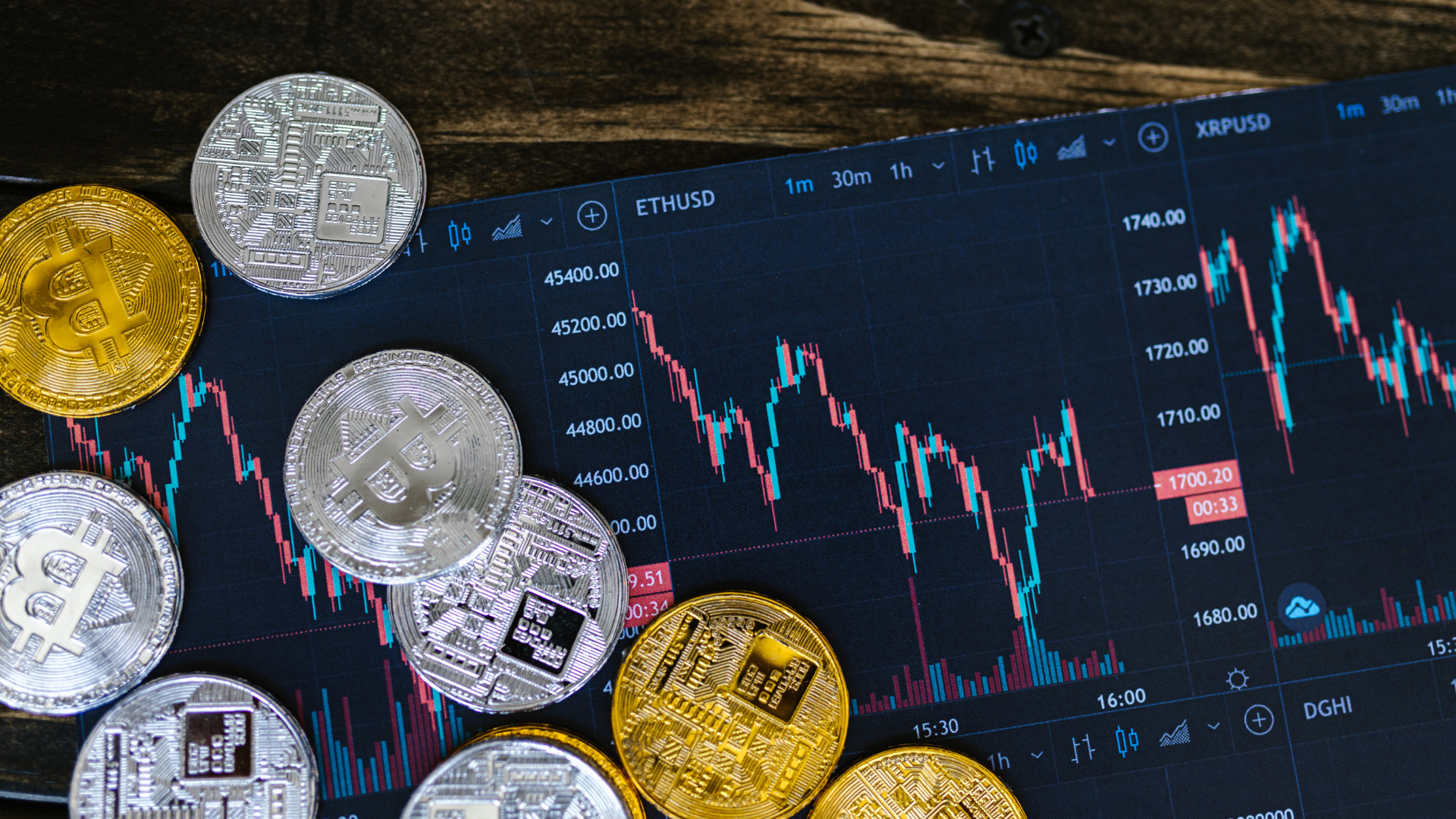As the crypto market matures, global governments are no longer watching from the sidelines. In 2025, regulation is one of the most influential forces shaping investor confidence, innovation, and institutional adoption. Here’s a deep dive into how regulatory updates across the globe are changing the way people trade and invest in digital assets.
United States: Clarity, Finally?
After years of legal ambiguity, the U.S. Securities and Exchange Commission (SEC) and the Commodity Futures Trading Commission (CFTC) have finally agreed on a clear framework to regulate cryptocurrencies.
Key changes:
-
Bitcoin and Ethereum officially categorized as commodities
-
New guidelines for token sales, requiring disclosures and KYC
-
Stablecoin issuers must register and hold 100% reserves
These policies are designed to protect investors while encouraging responsible innovation. As a result, U.S.-based crypto exchanges are seeing more institutional interest and mainstream trust.
Europe: MiCA Comes Into Force
The Markets in Crypto-Assets (MiCA) regulation has officially taken effect across the European Union. This comprehensive framework offers:
-
Licensing requirements for crypto service providers
-
Legal clarity on token classifications
-
Strong consumer protection rules
European investors now enjoy more secure trading environments, while developers have a clearer path to launch compliant crypto projects.
Asia: Leadership in Digital Currency Innovation
In Asia, governments are embracing both innovation and oversight. Key highlights:
-
Japan maintains a balanced stance, with a focus on DeFi safety
-
Singapore tightens rules for retail crypto exposure but expands institutional sandbox testing
-
Hong Kong continues its crypto-friendly policies, attracting startups and VC funding
Meanwhile, China remains firm on its crypto trading ban, but continues to lead in CBDC development through its digital yuan.
Global Impact
Regulation in 2025 is no longer about fear—it’s about structure. Investors benefit from:
-
More secure exchanges
-
Insurance on custodial wallets
-
Better tax clarity
However, there are concerns about overreach—especially in areas like privacy, self-custody, and decentralized governance. The key is finding a balance between freedom and security.
Final Thoughts
In 2025, regulation is no longer the enemy of crypto—it’s becoming its foundation. With clearer rules in major economies, the market is transitioning from the Wild West to Wall Street. For investors, this means more opportunity, more safety, and more responsibility.
Whether you’re a casual trader or long-term investor, understanding the regulatory climate is now a non-negotiable part of your crypto journey.




